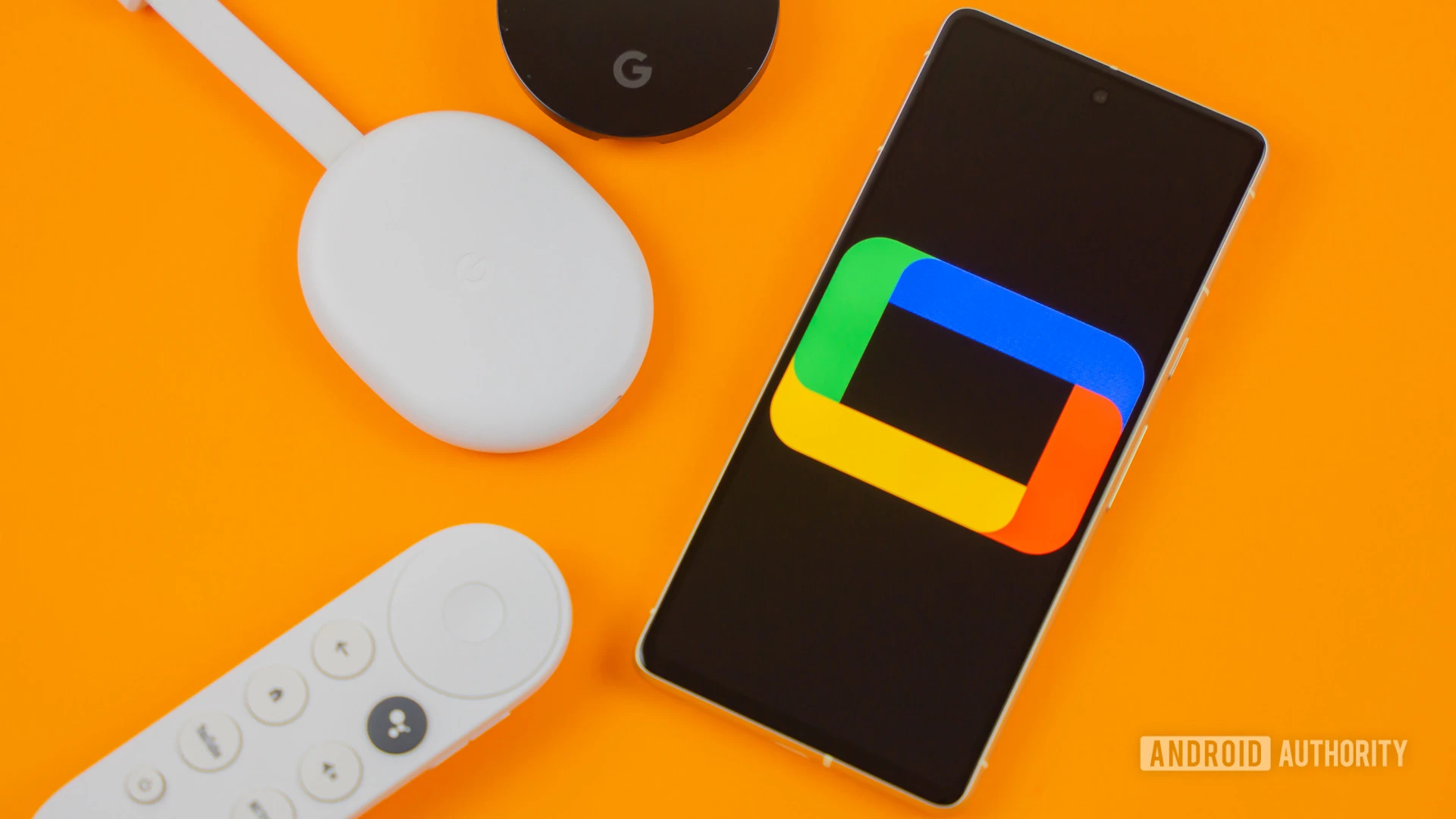Chromecast has been one of those smaller hardware products that have brought about a meaningful experience upgrade. The first Chromecast solved the pain point of clunky TV software interfaces, making it easier to locate content on your handy smartphone and then play it on your big-screen TV. However, a Court in the US has ruled that Google has infringed upon patents with its Chromecast products and that it should pay $338.7 million in damages because of it.
A Western District of Texas jury has ruled that Google has violated three patents held by a company called Touchstream Technologies, as reported by ArsTechnica. The complaint points to several Chromecast products, including the Chromecast Ultra, the Chromecast with Google TV, and other Chromecast-integrated products.
The first patent application in this complaint was filed in April 2011. The three patents relate to “a system for presenting and controlling content on a display device.”
Further, the complaint claims that Touchstream met with Google in December 2011 but was told that the tech giant wasn’t interested in partnering with it in February 2012. For reference, the first generation Google Chromecast was released in 2013. The latest Chromecast with Google TV (HD) was launched in September 2022, while the 4K variant was launched earlier in September 2020.
Chromecast with Google TV HD box 2 Google opposed the complaint, arguing that the patents are “hardly foundational and do not cover every method of selecting content on a personal device and watching it on another screen.” Further, the Chromecast is said to differ in technologies detailed in Touchstream’s patents.
The jury agreed with Touchstream’s allegations and ordered the company to pay $338.7 million in damages for its patent violations.
Google intends to appeal this decision, as mentioned by their spokesperson in their statement to ArsTechnica.



Miracast is not the same thing technically speaking and to be honest, it is pretty much stagnant. Miracast looks, behaves and has the same experience that it had about 10 years ago. It only works over WiFi, is very clunky and tends to drop easily, has latency issues that will never be fixed. Google killed it when it stopped supporting it officially on Android 6.0. Essentially no device supports it for streaming anymore, only some still support receiving it because Apple has a zombie version of it on AirPlay, everything else requires rootkits, installing extra software, or otherwise jumping through hoops.
Miracast is plagued by latency problems, but it is still alive. Android itself still has support, it is the Nexus 6 that Google dropped support, to only support their Chromecast. Microsoft Xbox can be used as a Miracast receiver and there is support for Miracast built into Windows 10+, both as a receiver and transmitter. While Miracast was built upon Wi-Fi Direct, (Wi-Di, I believe), it has been extended to work over a wired network too. The biggest difference is that Miracast is transmitting the frames over the network, so that the device transmitting needs to render the content, whereas DIAL and Chromecast are sending steam URLs, authentication, and transport messages to the Chromecast, which then is the device actually rendering. Chromecast is better for mobile device batteries, but I loath the proprietary nature of it.